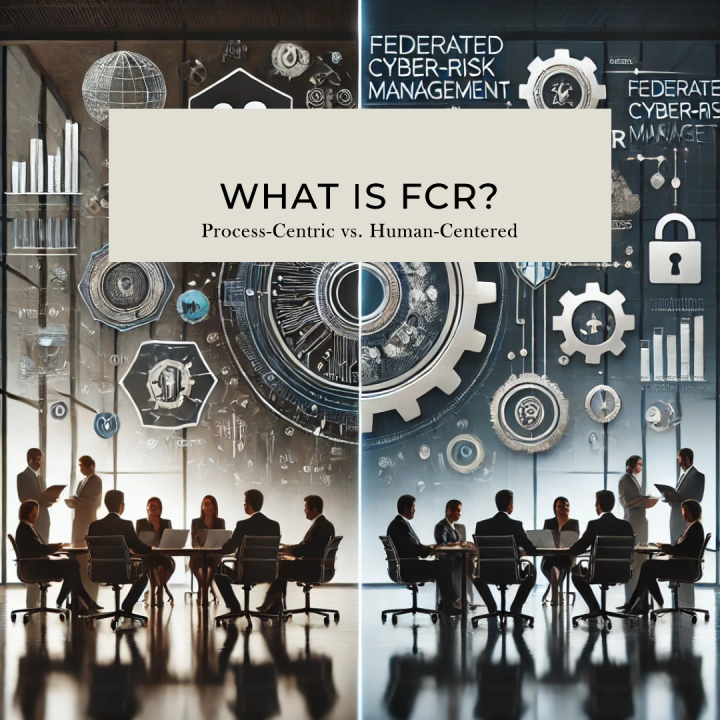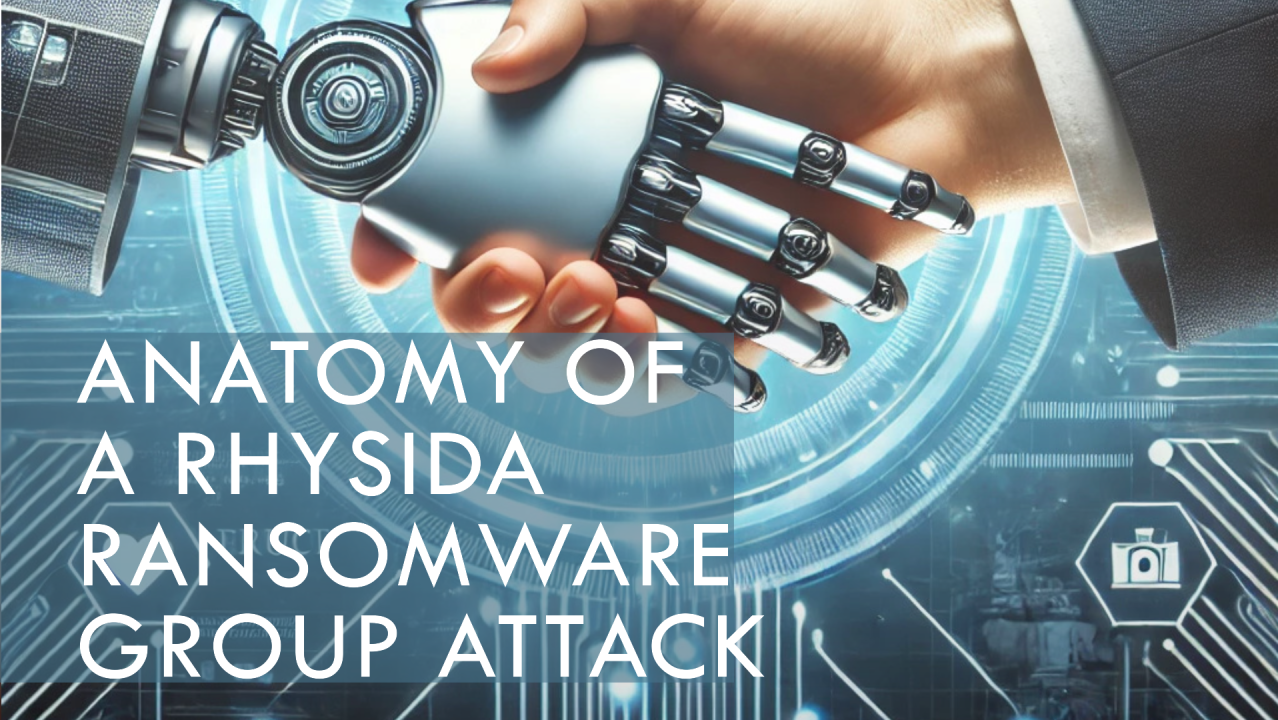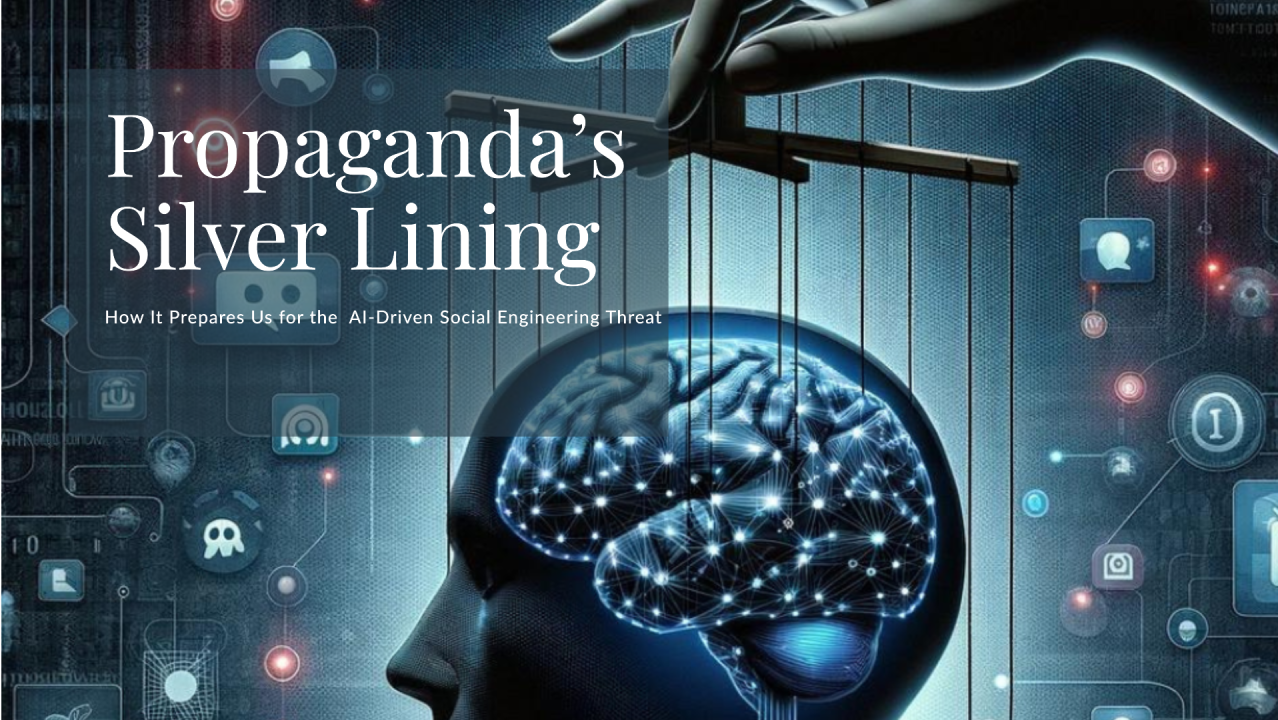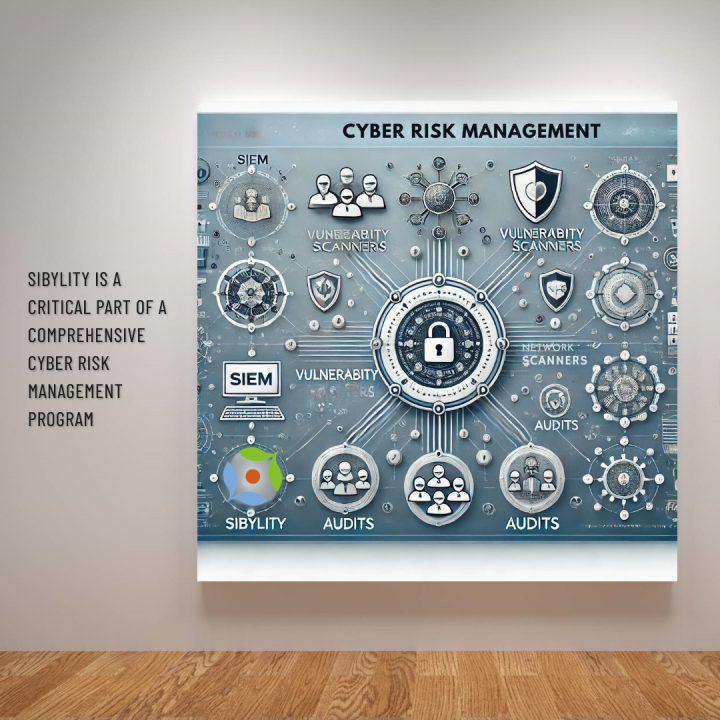The Last Mile in Cybersecurity: Next Steps in Building Resilience
In IT, the term "last mile" originated in the telecommunications and networking industries, referring to the final leg of the network infrastructure that connects end users to the broader system. Often the most complex and resource-intensive part of building a network, the last mile is critical because, without it, all the infrastructure and technology leading up to it are useless. The last mile is where users connect to the broader capabilities of a system and where the most vulnerabilities can arise due to variations in technology and infrastructure.
In cybersecurity, we face a similar problem: no matter how advanced your technical controls are, they must extend to and be supported by the people who use those systems every day. If the frontline workforce doesn’t have the right tools, training, or awareness, the entire security strategy is compromised, much like a network without effective last mile connectivity.
Why the Last Mile in Cybersecurity Matters
Just like in telecommunications, where the last mile can create bottlenecks or vulnerabilities in connectivity, the human element in cybersecurity can introduce critical vulnerabilities if not addressed properly. To bridge this gap, we need a last mile strategy that connects technical controls to every person who touches the system.
Here’s why the last mile in cybersecurity is so important:
- Human error is the top cause of breaches: The vast majority of successful cyberattacks exploit human weaknesses, not technical flaws. Without a strategy to engage and support frontline workers, even the best technical defenses can fail.
- Frontline workers are the first line of defense: Phishing, social engineering, and insider threats often target non-technical employees. A last mile strategy empowers them to recognize and respond to threats before they escalate.
- Security is everyone’s job: Relying on IT alone creates blind spots. Engaging every employee in cybersecurity efforts through easy-to-use tools and accessible training transforms a weak link into a key layer of defense.
My Research and the Last Mile
Through my research, I’ve explored how we can make cybersecurity more inclusive and accessible, ensuring that even employees without a technical background can contribute meaningfully. We’ve learned how to bring people into the cybersecurity process through simplified user experiences and targeted decision support, and these lessons have been built into the Sibylity platform.
At the core of this work is the belief that cybersecurity must be a shared responsibility, not something confined to IT departments or security experts. By providing intuitive tools and tailored guidance, we’ve empowered users at every level to play an active role in protecting their organizations.
Here’s how we’ve applied these insights into Sibylity:
- Simplified user interfaces: We've designed interfaces that break down complex security tasks into easy-to-follow steps, allowing non-technical employees to engage with cybersecurity processes confidently, without feeling overwhelmed.
- Tailored decision support: Using data-driven insights, Sibylity offers targeted recommendations and workflows that guide users through actions they need to take, reducing the risk of human error and enabling faster responses to potential threats.
- Collaboration across teams: The platform fosters a culture of cross-functional collaboration, ensuring that technical and non-technical staff are united in their approach to securing the organization. Every individual is connected to the larger cybersecurity effort, enhancing organizational resilience.
By building these capabilities into Sibylity, we’ve created a platform that extends cybersecurity participation to everyone, regardless of technical skill. The last mile of cybersecurity is no longer a vulnerability—it’s an opportunity to transform every employee into a valuable part of the defense.
The Last Mile: More Than a Metaphor
The last mile isn’t just a metaphor—it’s a practical strategy for building resilient, adaptable organizations. When you secure the last mile, you ensure that everyone in the organization is both a participant in and a protector of the security strategy.
Just as telecom companies had to solve the last mile problem to deliver services effectively, today’s organizations must solve the cybersecurity last mile problem to protect against increasingly sophisticated threats. By embracing a culture of broad participation, supported by technology that empowers all workers—technical and non-technical alike—we can ensure that the last mile in cybersecurity is no longer a vulnerability but a strength.
Take Action: The Last Mile in Your Organization
As cyber threats become more sophisticated, the need for a last mile strategy has never been greater. Ensuring that your entire workforce is equipped to contribute to cybersecurity efforts is no longer optional—it’s essential. The Sibylity platform is designed to bridge the gap between technical controls and frontline participation, transforming your organization’s last mile into a key line of defense.
Now is the time to empower your employees, simplify security processes, and create a resilient, inclusive cybersecurity culture.










